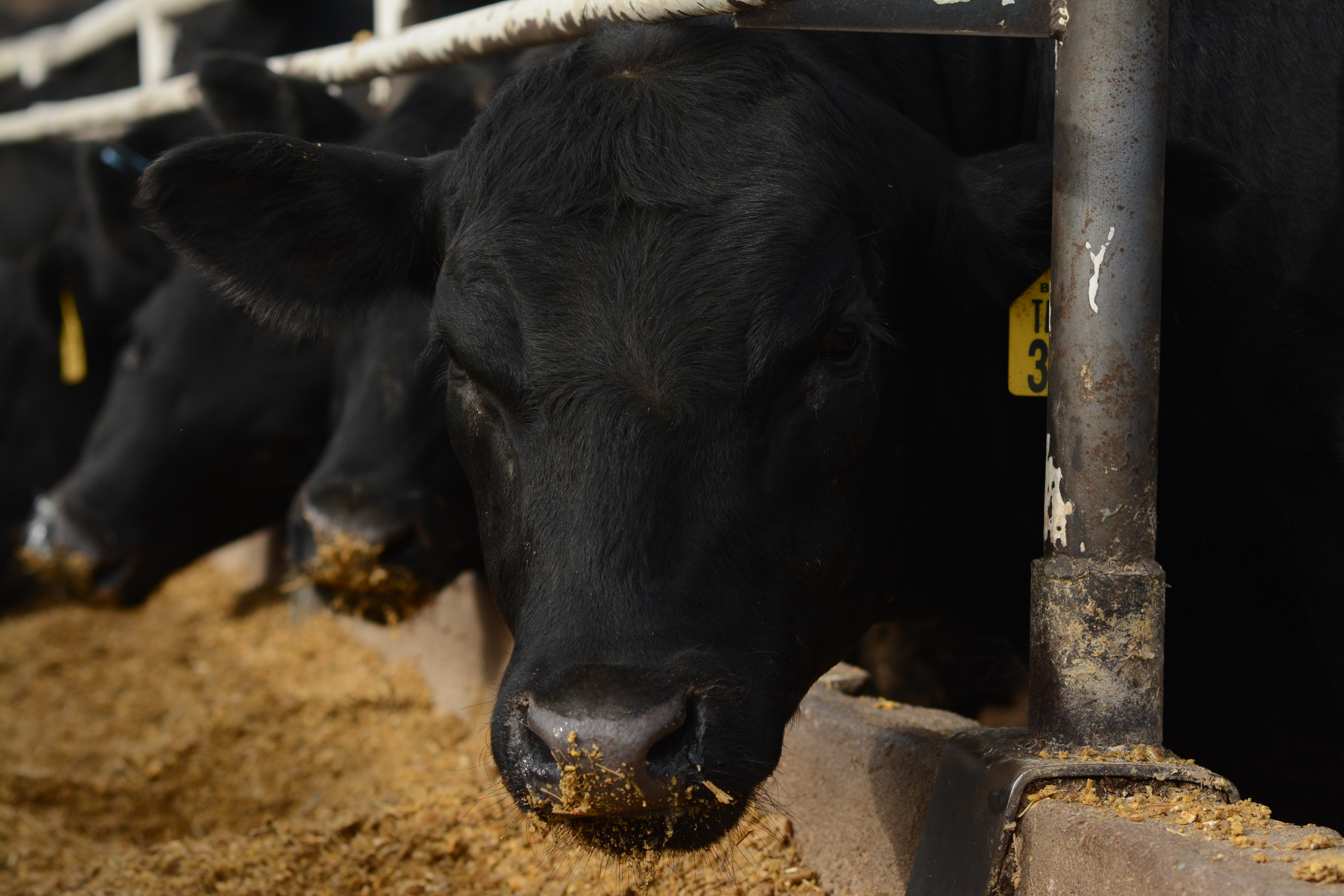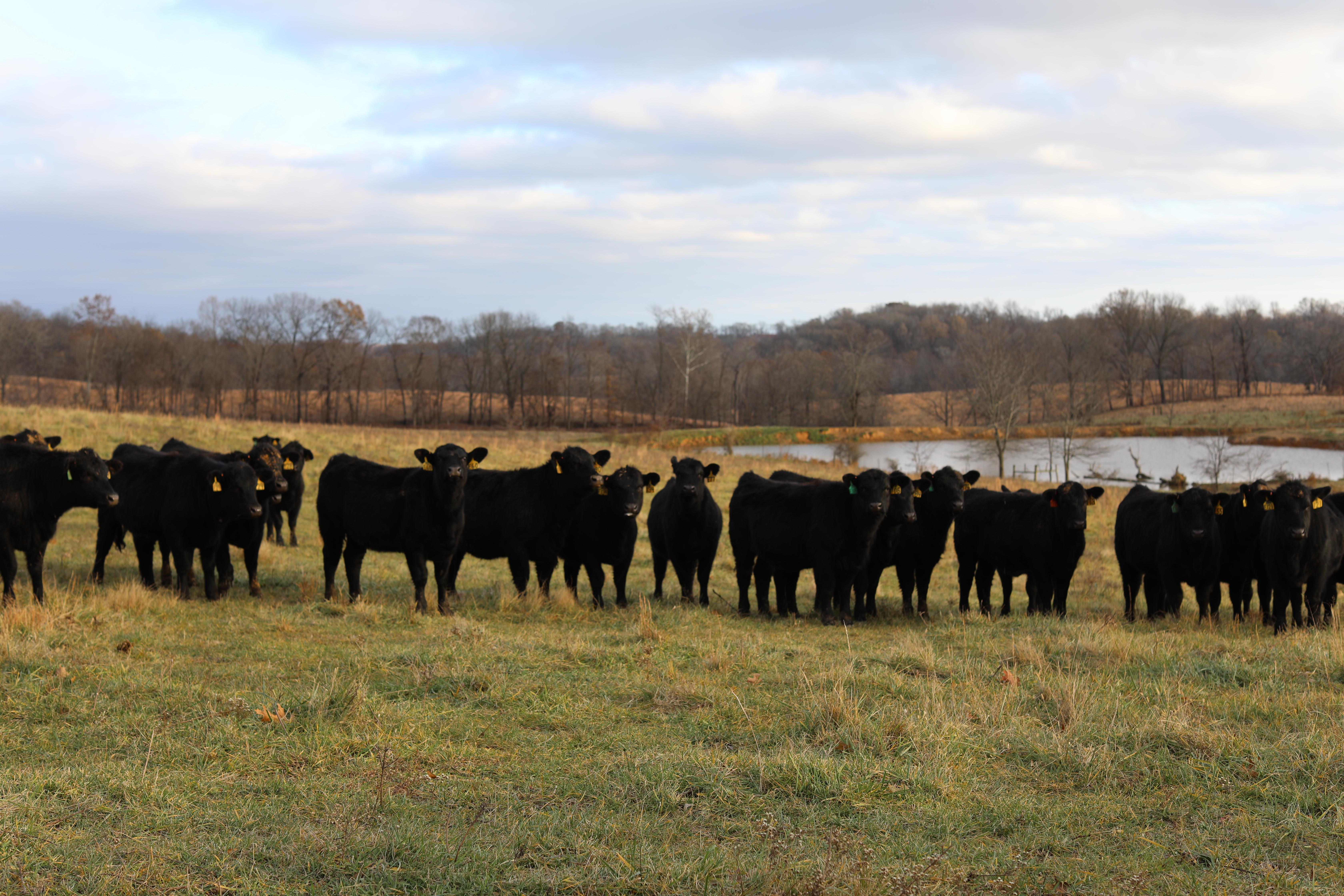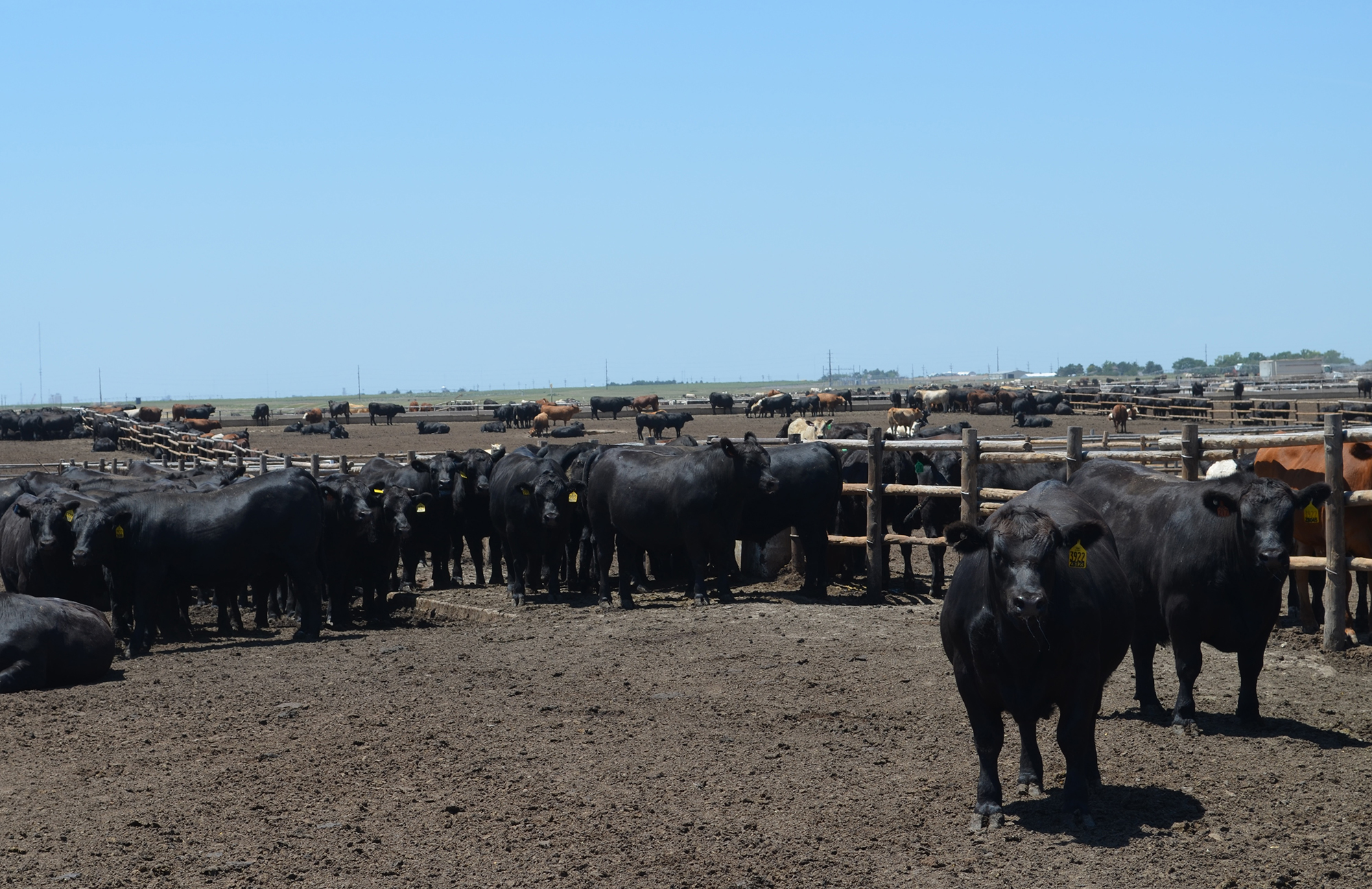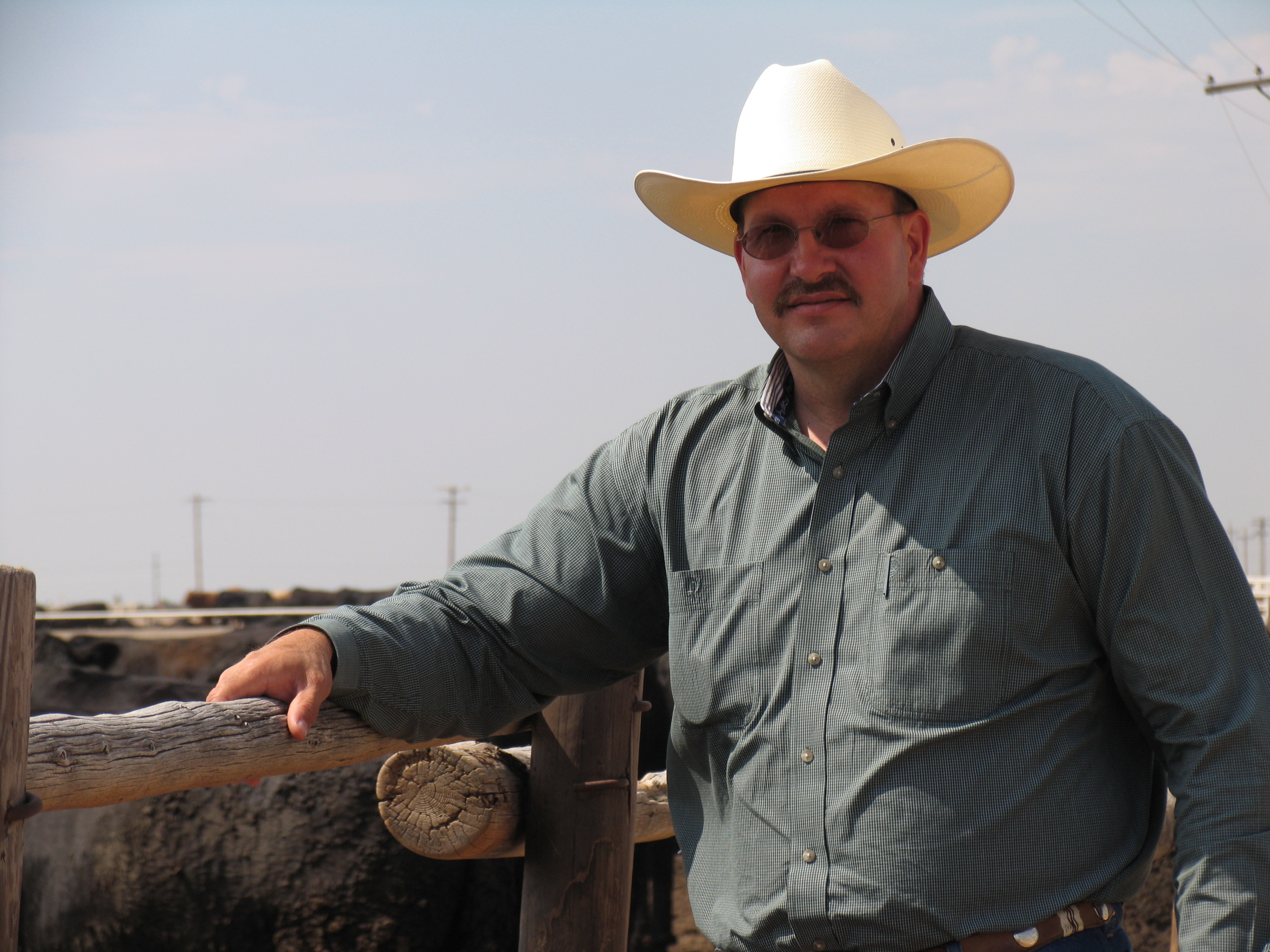
Straightforward success
GG Genetics awarded 2009 CAB Small Feedlot of the Year
by Laura Nelson
A couple of empty semi-trailer trucks and a signed, blank check arrived at a southwest Montana ranch late one fall. The rancher helped load some of his best calves, and then watched the trucks head back to GG Genetics feedyard in Ida Grove, Iowa. The check stayed in Montana; the value returned to Iowa.
That’s the kind of businessman Mason Fleenor is.
“He’d just tell me to fill in the numbers on the check,” recalls Ron Benson, Dillon, Mont., one of the Iowan’s early feedlot customers. “That’s just how honest he is.”
Fleenor sure doesn’t skate around the truth when it comes to the kind of cattle he likes to feed, either. “They’re all pretty purely Angus. I won’t buy anything else – I don’t even want them. I guess I’m kind of prejudiced,” he laughs.
Not just any black cattle will do for the Certified Angus Beef ® (CAB®) brand’s 2009 Small Feedlot of the Year. “I think it has to be CAB or USDA Prime to have a good carcass. That’s my opinion – that’s what quality is.”
Fleenor refuses to raise or feed anything short of the best at GG Genetics, where he has combined a successful registered Angus bull business with a small feedyard. He fills the 500-head yard with home-raised cattle and calves from bull customers. It’s stock-full of genetics he and wife Diane have been perfecting for two decades. The couple accepted their Feedlot of the Year award this September at the brand’s Annual Conference in Scottsdale, Ariz.
The Fleenors started in the feeding business in the 1980s. Once they realized the overall influence of genetics in the feeding process, they decided the bull business was next. Last year, their 413 CAB-enrolled cattle averaged 81.1% Choice, 16.7% Prime and 74.6% CAB, including CAB Prime.
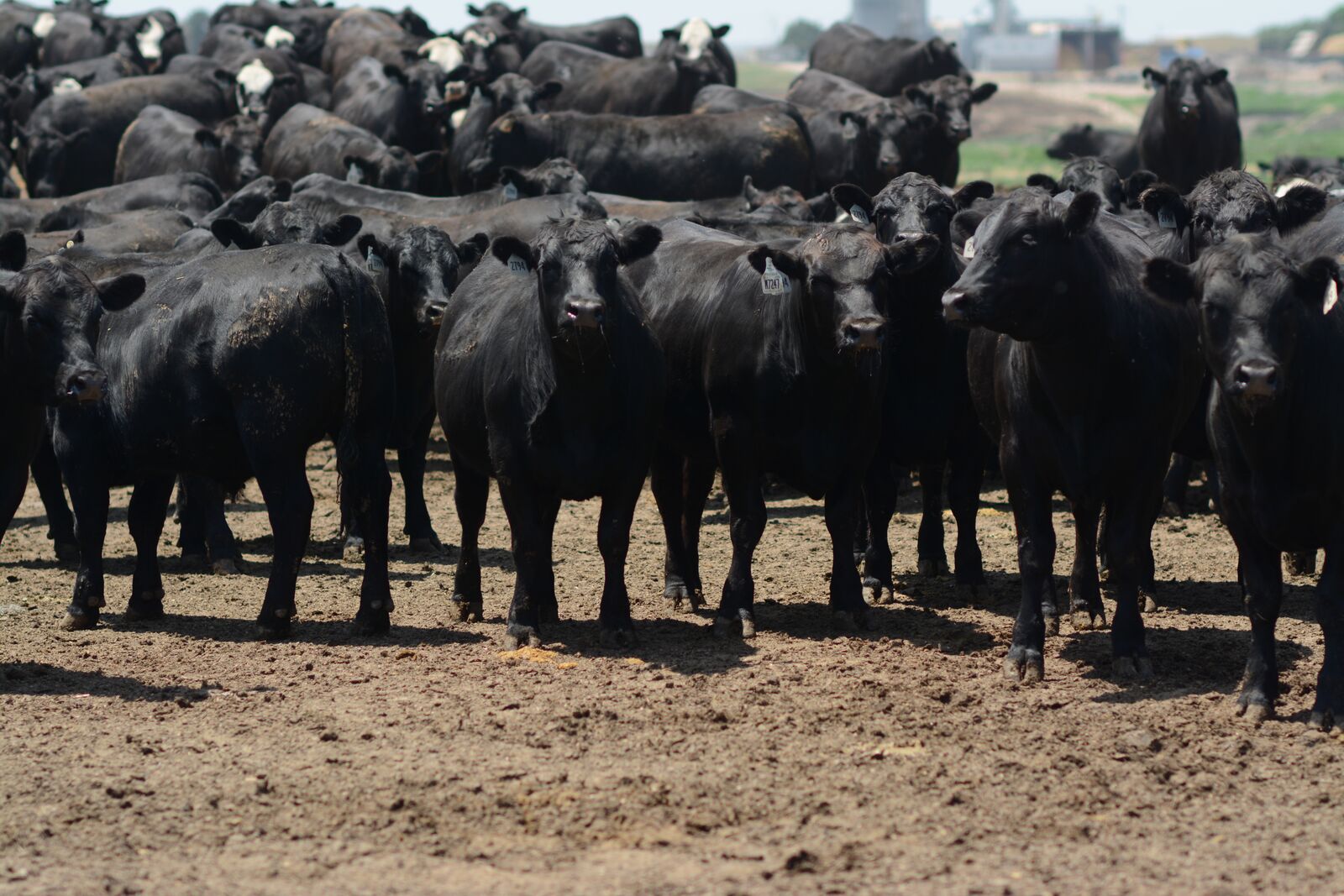
“One of the main reasons our cattle grade so good is that they’re all out of our genetics,” Mason says. “We don’t buy commodity cattle. We want to know what we’re getting when we buy cattle to feed.” What they get is a return on the genetic package so painstakingly guided toward perfection. They’ve kept carcass data on every animal in the feedlot for more than a decade.
Although he owns full interest in all cattle fed, Mason still makes a point to share that information with the previous owners. Taking a further step, he tries to help ranchers make decisions in their cow herds that will complement the bulls he sells to produce the best calves.
Then it’s up to Mason’s feedlot management to bring home the real value. They use minimal implants and feed a high-energy, high-roughage ration. Close proximity to three ethanol plants allows the judicious use of distillers grains as well.
“We don’t push our cattle like a lot of the feedlots do,” Mason explains. “If you start with the right genetics, you don’t have to.” Mason then relies on a skilled eye and rigorous sorting to make up consistently uniform loads.
While their cattle look uniform, the Fleenors put little stock in aesthetics. “To me, the biggest issue with the cattle industry is looks,” Mason says. “A lot of guys want to use bulls because they look good. But you’ve got to have a commitment to use the right genetics. If a bull doesn’t meet the trait, forget about it. Just because he looks good – why use him? You get the hide off of ’em and looks don’t matter much.”
What does matter, Diane says, is focusing on the final product. “Everybody says, well, if all the cattle in the market were Prime, then the market for quality would go away. I say if every calf was Prime, our consumption would increase so much it wouldn’t matter, because overall cattle prices would rise,” Mason says. “Nobody is going to complain about an extra 50 cents for a good steak. But you know they’ll complain about getting a bad steak.”
Complaints are few and far between when it comes to GG Genetics – from the bulls the Fleenors breed to the calves they feed to the steak they put on the table. Customers from every end of Mason and Diane’s varied enterprises will tell you, that’s the honest truth.

